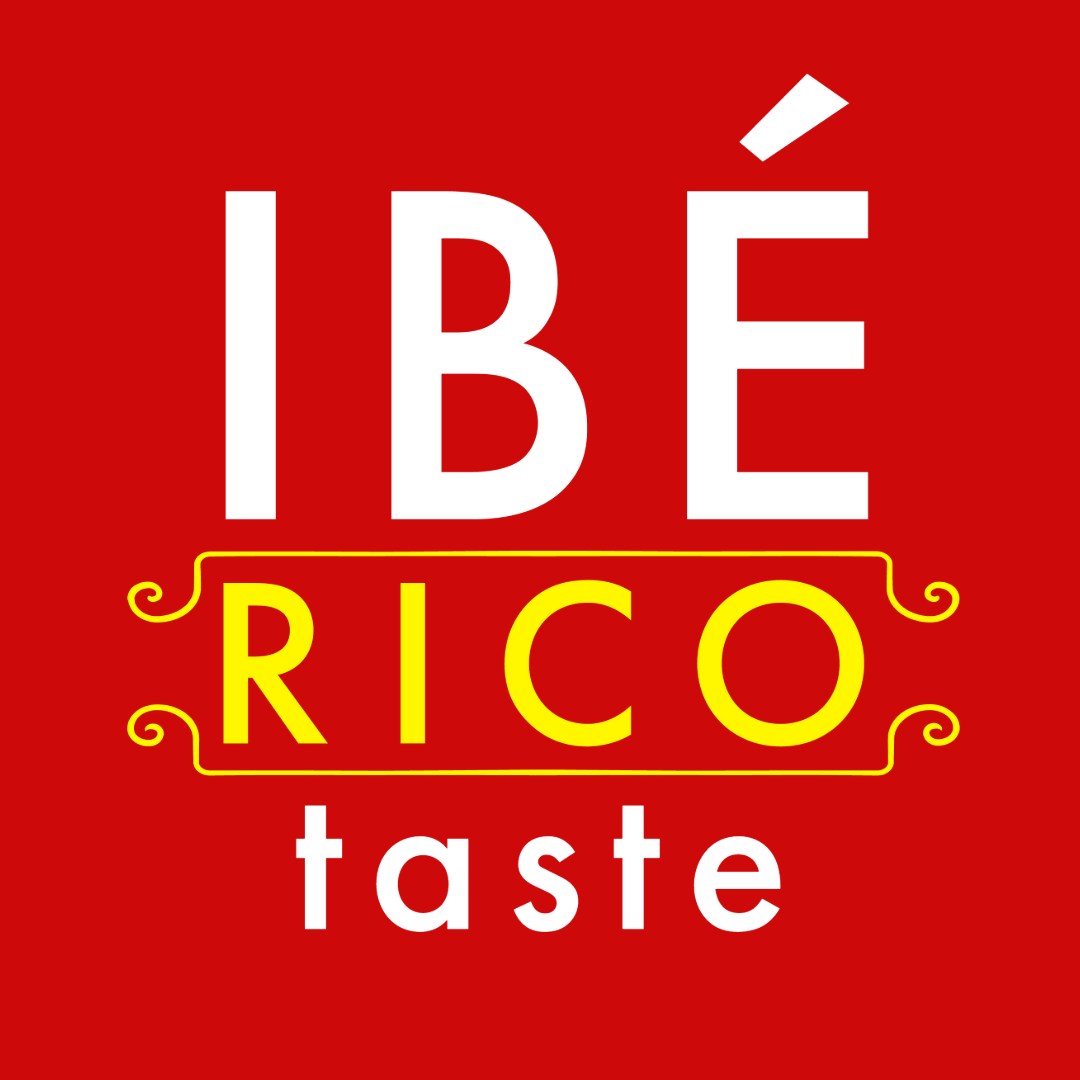
Choosing the Right Paella Pan: Enameled vs Polished vs Stainless Steel
by Guillermo Pabon Garcia
on Apr 10, 2024
When it comes to preparing authentic Spanish paella, selecting the right paella pan is key to achieving the perfect dish. Among the various options available, enameled steel, polished steel, and stainless steel pans are some of the most popular choices. Each type offers its own set of advantages and considerations, making the decision a matter of personal preference and cooking style. Let's delve into the differences between these three types of paella pans to help you make an informed choice:
Enameled Steel Paella Pans:
Advantages
- Easy Maintenance: Enameled steel pans feature a non-stick coating that prevents rust and simplifies cleaning, making them ideal for beginners or those seeking low maintenance cookware.
- Versatility: These pans are suitable for various cooking surfaces, including stovetops, ovens, and grills.
- Durability: The enamel coating provides added durability and resistance to scratches, ensuring longevity.
Considerations
- Heat Conduction: While enameled steel pans offer good heat distribution, they may not provide the same level of heat conductivity as traditional carbon steel pans, potentially impacting the formation of socarrat—the crispy rice layer at the bottom of the paella.
- Limited Authenticity: Some purists argue that enameled steel pans lack the traditional charm and authenticity of carbon steel pans.
Polished Steel Paella Pans:

Advantages:
- Traditional Appeal: Polished steel pans are reminiscent of the traditional paella cookware used in Spain for generations, adding an authentic touch to your culinary endeavors.
- Excellent Heat Conduction: These pans boast excellent heat conduction properties, facilitating the development of socarrat and ensuring uniform cooking.
- Affordability: Polished steel pans are often more budget-friendly than other options, making them accessible to a wide range of home cooks.
Considerations:
- Maintenance: Polished steel pans require seasoning and proper care to prevent rust, which may deter some users seeking low-maintenance cookware.
- Weight: While not as heavy as cast iron, polished steel pans may be heavier than enameled steel or stainless steel options, requiring additional effort to maneuver.
Stainless Steel Paella Pans:

Advantages:
- Durability: Stainless steel pans are highly durable, resistant to corrosion, and less prone to scratching, ensuring long-lasting performance.
- Easy Cleaning: These pans are dishwasher-safe and require minimal maintenance, making cleanup a breeze.
- Modern Aesthetic: Stainless steel pans offer a sleek and contemporary appearance that complements modern kitchen aesthetics.
Considerations
- Heat Retention: While stainless steel pans provide even heat distribution, they may not retain heat as effectively as other materials, potentially affecting the formation of socarrat.
- Price: Stainless steel pans tend to be more expensive than enameled steel or polished steel options, which may influence budget-conscious consumers.
Conclusion:
Ultimately, the choice between enameled steel, polished steel, and stainless steel paella pans depends on your cooking preferences, level of maintenance desired, and budget considerations. Whether you prioritize easy cleaning, traditional charm, or durability, each type of pan offers unique benefits that can enhance your paella cooking experience. Consider your individual needs and culinary goals to select the perfect paella pan for your kitchen arsenal.


